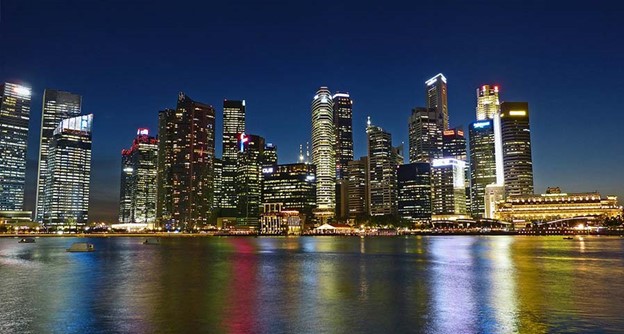How Facility Managers Can Cut Energy Costs Without Sacrificing Performance
Discover how facility managers can cut energy costs effectively to enhance operational efficiency and save resources.

This blog was originally published November 9, 2021, and was updated February 11, 2025.
According to the Department of Energy, older buildings are responsible for approximately 76% of energy use and 40% of greenhouse gas emissions in the U.S. Additionally, the DOE highlights that, on average, 30% of the energy used in commercial buildings is wasted, presenting a substantial opportunity for energy conservation through retrofitting. Retrofits are a vital strategy businesses are using in order to cut costs and incorporate energy efficiency into their operations. Newly built properties will have the latest lighting, HVAC, and other equipment installed, while pre-existing facilities will need upgrades to the latest technology. Through retrofits, buildings can adopt energy-efficient strategies that not only cut costs but lower a building’s carbon footprint.
Retrofitting commercial buildings involves upgrading outdated infrastructure to improve energy efficiency, sustainability, and overall performance. These retrofits can range from small modifications like lighting upgrades to large-scale renovations such as HVAC system replacements, envelope improvements, and integration of renewable energy sources.
Some key benefits of commercial building retrofits include:
Lighting is one of the easiest and most cost-effective retrofits for commercial buildings. Switching to LED lighting and integrating smart controls, such as occupancy sensors and daylight-responsive dimming, can significantly cut electricity usage. IoT-enabled lighting systems provide real-time energy usage insights, optimizing efficiency and reducing waste.
As HVAC and ventilation systems get old or aren’t maintained properly, they can begin consuming more energy than needed to heat and cool the buildings. The HVAC can run harder to maintain the temperature, and the air vents can start leaking the air. Installing high-efficiency units, energy recovery ventilators, and smart thermostats will help improve energy efficiency without sacrificing employee or tenant comfort.
The building envelope, including walls, roofs, windows, and doors, plays a crucial role in energy efficiency. Enhancing insulation, sealing air leaks, and upgrading windows to high-performance glazing can minimize energy loss. Insulation is an important partner to HVAC systems. If there are air leaks, then HVAC will have to work harder to maintain the temperature set. Applying spectrally selective window films helps regulate indoor temperatures by blocking excess solar heat while allowing natural light.
Water conservation is an often-overlooked aspect of sustainability. Installing low-flow fixtures, smart irrigation systems, and water-efficient cooling towers can reduce water consumption. Monitoring water use through IoT-based solutions allows facility managers to identify leaks and optimize consumption.
Real-time energy monitoring through smart meters and cloud-based platforms enables building owners to track energy consumption, identify inefficiencies, and optimize operations. IoT devices and artificial intelligence (AI)-powered analytics can provide predictive maintenance insights, preventing costly repairs and minimizing downtime.
On-site renewable energy generation, such as solar panels or wind turbines, can supplement traditional energy sources. Coupling renewable energy with battery storage systems enhances energy resilience and reduces reliance on the grid.
A deep retrofit goes beyond individual component upgrades by adopting a holistic approach to building performance improvements. Installing a deep retrofit is when you upgrade multiple approaches throughout the building. While the upfront costs may seem high, deep retrofits deliver significant long-term savings and operational benefits.
Key Strategies for Deep Retrofits:
Despite their many benefits, some building owners hesitate to invest in retrofits due to financial constraints. However, multiple financing mechanisms make retrofitting commercial buildings more accessible:
A well-structured financing plan aligns with an organization’s financial and sustainability goals, ensuring a positive return on investment.
Implementing a retrofit project requires careful planning to avoid disruptions and maximize effectiveness. Here are some key considerations:
Businesses are seeking out new ways to position themselves as an environmentally conscious brand. One of the biggest things they can do is cut down their carbon footprints. This is not only good for their image but also helps cut energy costs. By integrating advanced technology and new strategies, companies can transform their office into energy-efficient spaces.
Action Services Group is a national provider of LED retrofits, lighting controls, and electrical projects. Contact us today to learn how you can retrofit your building to become more energy-efficient. To speak with one of our specialists, call 610-558-9773, email [email protected], or schedule a call that fits your needs by clicking the button below.